While Playing with his Toys
I know. I know. You're probably thinking, "Is she crazy?" I have a Chihuahua and my neighbor has a Great Dane. How can she possibly tell us both how to dog proof in one short post? Okay, you're right. It probably won't be that short. Here goes:
Dog Proofing for your Small to Medium Sized Dog
Anything from a teacup Yorkie to a Cocker Spaniel may not appear to be tall enough to get something dangerous off of your kitchen counter, right? Think again. Dogs are smart. I've seen my Papillon jump from a chair seat to a table top and from the bed to a dresser top. So keep in mind that if something appeals to your dog's nose, he'll often figure out how to get to it.
Now that you know where I'm coming from, I'll share some of the things I've done to protect both the dogs and our possessions from danger:
- Start with the area of your home that your dog(s) is allowed to spend time in and be sure it is as secure as possible. Can he jump your baby gate or open it ? Has he mastered opening doors or getting over or around furniture you thought was a deterrant? Tanner can open Oliver's crate and our child-guard latched baby gate. I wouldn't have believed it if I hadn't seen it myself. We've renamed him Houdini. Check out my post on the other amazing slips he's performed.
- Now start with this area that your dog calls his own. By this I mean whatever part of your home your dog has full access to. Starting at floor level, check all cords and cables. They should be slid under furniture and rugs or between tables and couches. In other words, not accessible to anyone other than a teacup pup that can go most anywhere a cockroach would travel. If your tiny one likes to go after things under the couch or other low pieces of furniture, you'll have to take extra evasive action. Duct tape the cords to something that is not of interest to your dog's chewing instincts, or use PVC piping for a conduit. The latter is your best bet for cords under a bed, couch or other low furniture.
- Now check your under the bed storage. Assure that all containers are made of hard plastic, not cardboard, and their lids snap on securely. Do not store food in these, no matter how secure they may seem. A family I once knew lost a dog when it found their chocolate stash under the bed, all wrapped up for the holidays.
- Next check your wallpapered areas for tears. One little corner pulled up is like a giant invitation for a chew-fest.
- Do the same thing with mop boards and wood trim along cabinets. Secure them and fill in holes that might encourage chewing.
- Inspect your dog's toy box or basket regularly for chewing evidence. When one area tears, this will lead to larger pieces coming off. This is a safety hazard, as is a chunk out of a toy. Check the toys as well, ensuring they are all safe for continued play.
- Check your carpets and rugs for snags, pulls, loose fibers, etc. Some will require snipping to keep the pup's interest at bay. Others may need to be stitched down or pulled through to the bottom. Be particularly diligent in watching rubber-backed rugs for chewing. If the rug is rumpled when you come into the room, turn it over and inspect it for damage. You'll know if Fido is finding this rubber backing interesting.
- Anything stuffed can spell digestive system blockage if your dog chews it open and ingests the stuffing. This means pillows, toys, chair cushions and children's stuffed animals and dolls. Until your dog is past his interest in such things, these should be placed well out of reach. Stuffed dog toys should not be left out except when you are supervising, at least until you know your dog's tendency to destroy or simply carry these toys. Every dog is different.
- Every desktop, counter top, table and other surface will contain a plethora of potentially dangerous "toys", in your dog's eyes. Common items such as pens, pencils, clothespins, hair clips, jewelry, razors (Wow!), flatware, matchbooks, computer supplies such as flash drives and camera chips, batteries, medications, knick-knacks, candles, houseplants, flower arrangements (live, silk, or dried), headphones....okay, that's enough. You get the idea. Place all these smaller items in containers, boxes, baskets or jars--out of reach. *** NOTE: Last weekend Oliver pulled a quickie on my family when we looked the other way for a few moments. He quickly devoured a bowl full of cherry pits that we were eating--cyanide filled cherry pits that can kill a dog. Long story short, we spent the afternoon inducing vomiting and then running to the emergency vet when that didn't work. Keep a close eye on your snacks!
Now let's continue with your dog proofing expedition, moving on to the concerns for the bigger dogs with access to more areas:
- Food. I'm sure you know, but your kids may forget. No food should ever be left anywhere but the refrigerator or the pantry, which should always be closed. I lost an entire plate of thawing chicken breasts (thankfully, boneless!) to Tanner's nose, despite having surrounded them on the counter by larger, heavier items--a barricade of sorts. It didn't work. Now I use the oven or microwave if something needs to sit out for a while.
- Laundry areas and laundry baskets may or may not be accessible to your dogs. If they are, your clothing is at risk, as well as the dog. Intestinal blockage is serious business, often requiring surgery. If your dog likes clothing, get a covered hamper.
- Trash is another thing that needs to be secure. Indoor trash cans with click open lids or releases you can tap with your foot are ideal.This is important in all areas of your home, not just the kitchen. Bathroom discards can be deadly for a dog, as can many items in an office or play area.
- Children's toys are extremely appealing to dogs. If your kids are messy like mine were as youngsters, you'll need to be diligent about closing their bedroom doors and play areas off. Your only alternative to neatness or closed doors is plenty of secure storage space in your kids' rooms. Good luck getting them to use it.
- Now let's talk about your big dog's toys. You probably already know that it isn't safe for him to play with your toy dog's balls or small toys. These items are a choking hazard for a larger dog. If you have large and small dogs in one home, you'll have to devise a system for keeping your big dog out of the little dog's toys, at least until he learns the rules. Extremely small toys that are appealing to your big dog should be kept out of his reach except when your toy dog is playing with them. Supervise this play carefully, for the benefit of your bigger dog, and offer him some exciting "big dog" toys to keep his attention. It's sometimes a juggling act, but very important.
- If you have a dog who is protective of your home, you'll need to have an area that he can be safely and happily secured in when visitors come. Crate training is the ideal, since your pup will know this is his down time. Offering a special filled kong toy or other safe treat will keep him busy while you visit with your company.
- A quick aside here: Some visitors may find your dogs annoying or even frightening, especially if they are jumpers. Your guests' comfort level with your dogs is important if you'd like them to visit again, so consider this along with the safety issues. Enforcing rules like "off the furniture" or "no jumping" is something that requires much time and practice to master. I speak from experience on that one.
- The garage can be an exceptionally dangerous place for your dog to explore. Keeping him out when you're working in the yard or on your car may be challenging, if you enjoy allowing your dog to join you outside. Many dog owners do. If your garage is like the typical American version, it is a storage area. It's all that storage that you'll need to review. Cleaning solutions, yard chemicals, car products, sharp tools, trash, plastic trash bags, extension cords that are plugged in, recycle bins, and much more can all be hazardous to your dog. Inexpensive plastic shelving units can be purchased at most hardware stores. These are stackable and secure for heavy items, so you can place all your potentially hazardous stuff in bins on shelves out of reach. If you have a Great Dane, out of reach will be much higher up than it will be for your Chihuahua, but that's the price you pay for a 175 pound couch potato. Tanner's best friend at his doggie daycare is a beautiful harlequin Great Dane, and I'm a huge fan. But I know that Zeus can put his paws on my shoulders and give me a kiss on my forehead with no problem. That's no easy task for most dogs, as I am 5' 10" tall. Moral of the story: store according to your dogs' ability to reach; then add 6 more inches for good measure.
















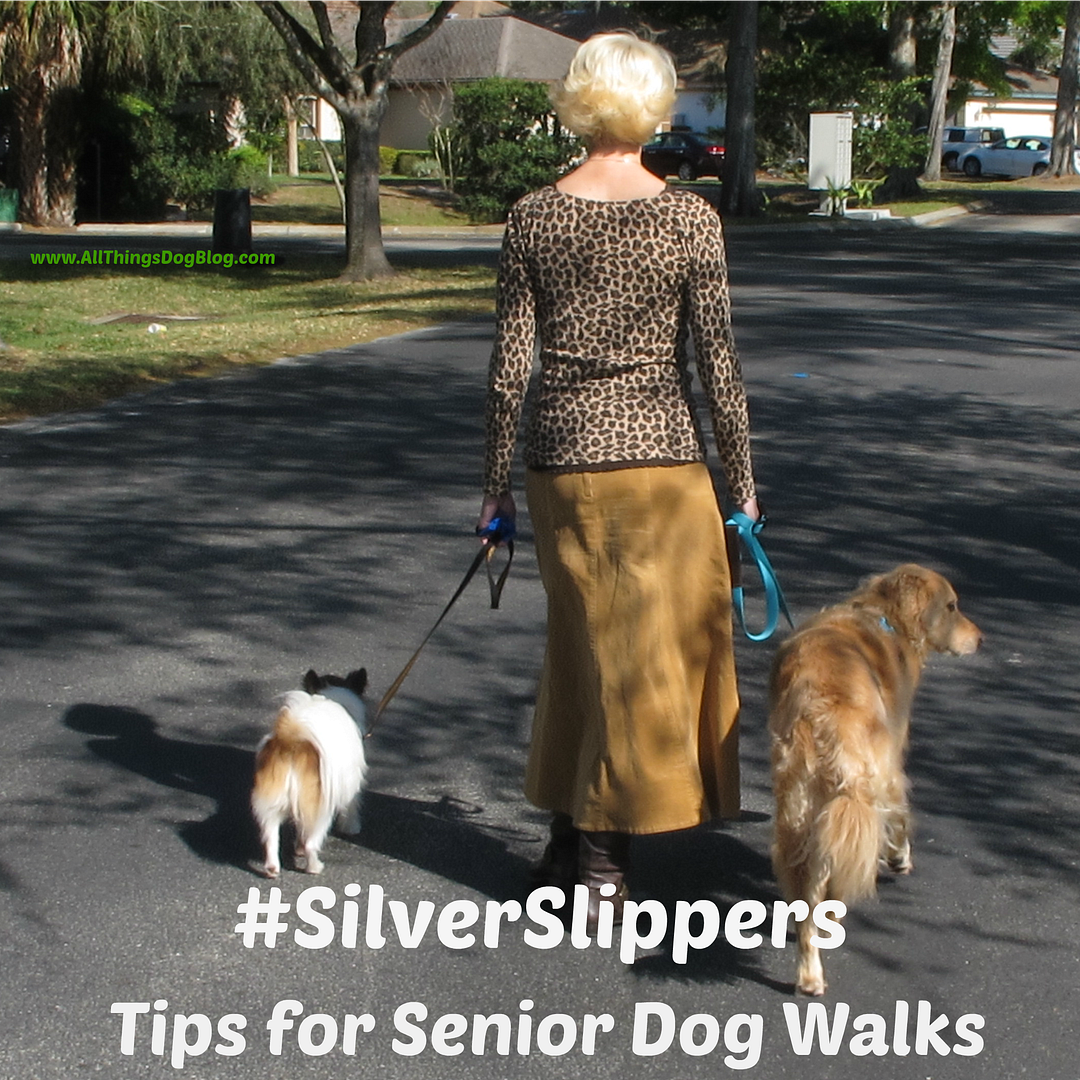





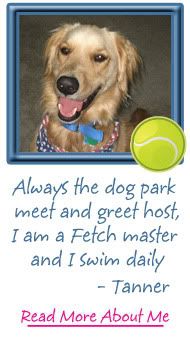
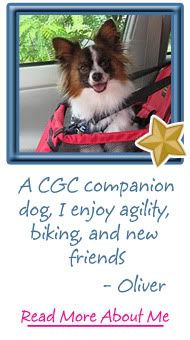
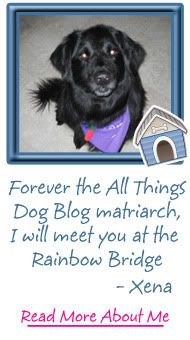
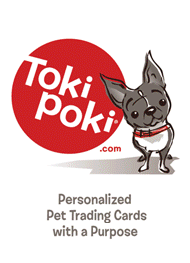


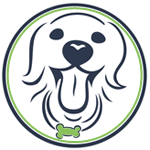
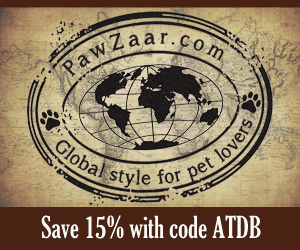
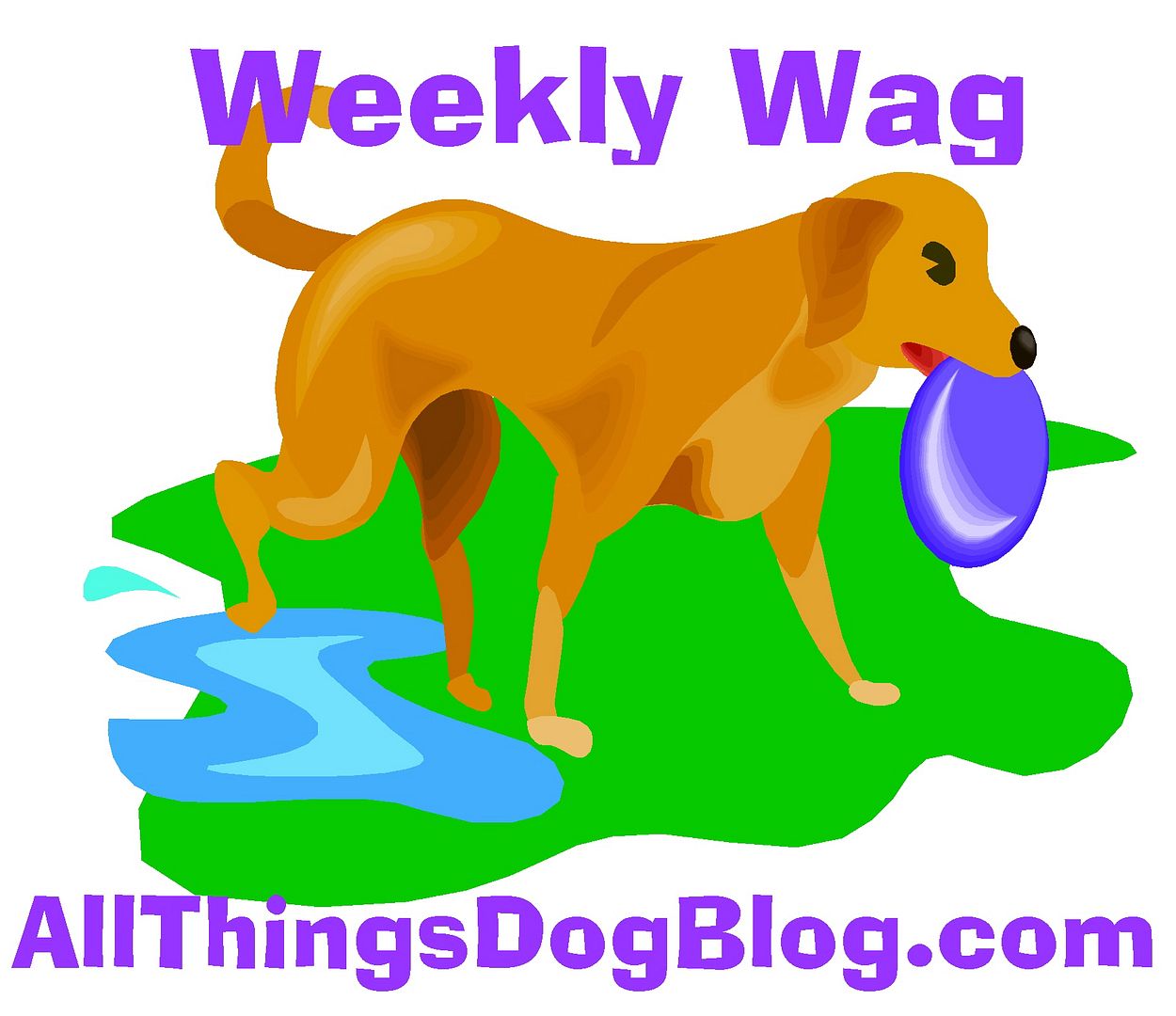






1 comments:
tropical pet safari said...
Great article, thanks for sharing.
Post a Comment